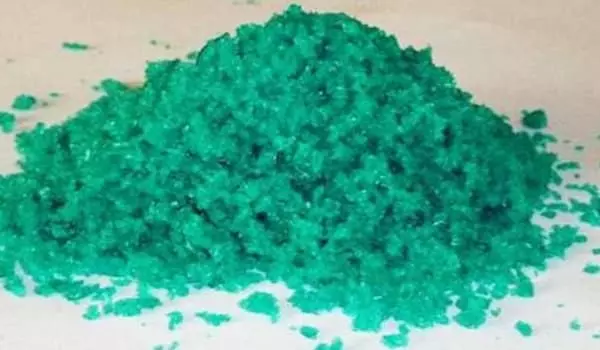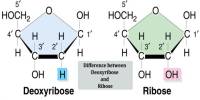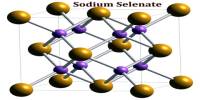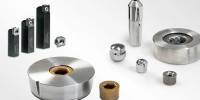The chemical compound with the formula NiF2 is nickel(II) fluoride. It is a yellowish to green tetragonal crystal formed by an ionic compound of nickel and fluorine. In contrast to many fluorides, NiF2 is stable in air.
NiF2 is the passivating surface that forms on nickel alloys (such as monel) in the presence of hydrogen fluoride or elemental fluorine, and it is one of the few materials that can be used to store or transport these fluorine compounds. NiF2 is also used in the synthesis of chlorine pentafluoride as a catalyst.
Properties
- Molecular Weight: 96.69
- Appearance: Yellow Crystalline Solid
- Melting Point: 1,474° C (2,685° F)
- Boiling Point: 1,750° C (3,182° F)
- Density: 4.72 g/cm3
- Solubility in H2O: N/A
- Form: Crystalline
- Color: Pale yellow
- Specific Gravity: 4.72

Preparation
NiF2 is prepared by treatment of anhydrous nickel(II) chloride with fluorine at 350 °C:
NiCl + F2 → NiF2 + Cl2
The corresponding cobalt(II) chloride reaction results in cobalt oxidation, whereas nickel remains in the +2 oxidation state after fluorination because the +3 oxidation state is less stable. Chloride oxidizes more easily than nickel (II). This is a classic halogen displacement reaction in which a halogen and a less active halide combine to form the less active halogen and the more active halide.
When fluorine reacts with nickel metal, nickel(II) fluoride is formed.
The only known stable binary compounds of nickel and fluorine are nickel fluoride tetrahydrate, NiF2.4H2O, and its anhydrous counterpart, nickel fluoride, NiF2. The former is a greenish light yellow crystal or powder that is made by adding nickel carbonate to a 30-50 percent aqueous HF solution. As the concentration of nickel fluoride increases and that of HF decreases, the nickel fluoride formed first dissolves in solution and then precipitates out as the tetrahydrate. When all of the nickel has been added, the solution and precipitates are dried at 75-100°C until all of the water has been expelled. The tetrahydrate is highly soluble in aqueous HF, e.g., 13.3 wt percent in 30% HF. It is only slightly soluble in water and completely insoluble in alcohol and ether.
Anhydrous At 300°C, anhydrous HF reacts with anhydrous NiCl2 or nickel fluoride tetrahydrate to produce nickel fluoride, a light yellow powder. It can also be made by heating a solution of NH4.HF2 and NiF2.4H2O. Other methods include fluorinating metal salts with excess SF4 or ClF3 at high temperatures, as well as the reaction of NiCO3 and anhydrous HF at 250°C.
Reactions
The green compound K2[NiF4] is formed when a melt of NiF2 and KF reacts. This material’s structure is similar to that of some superconducting oxide materials.
When nickel(II) fluoride reacts with strong bases, it forms nickel(II) hydroxide, a green compound.
NiF2 + 2 NaOH → Ni(OH)2 + 2 NaF
















